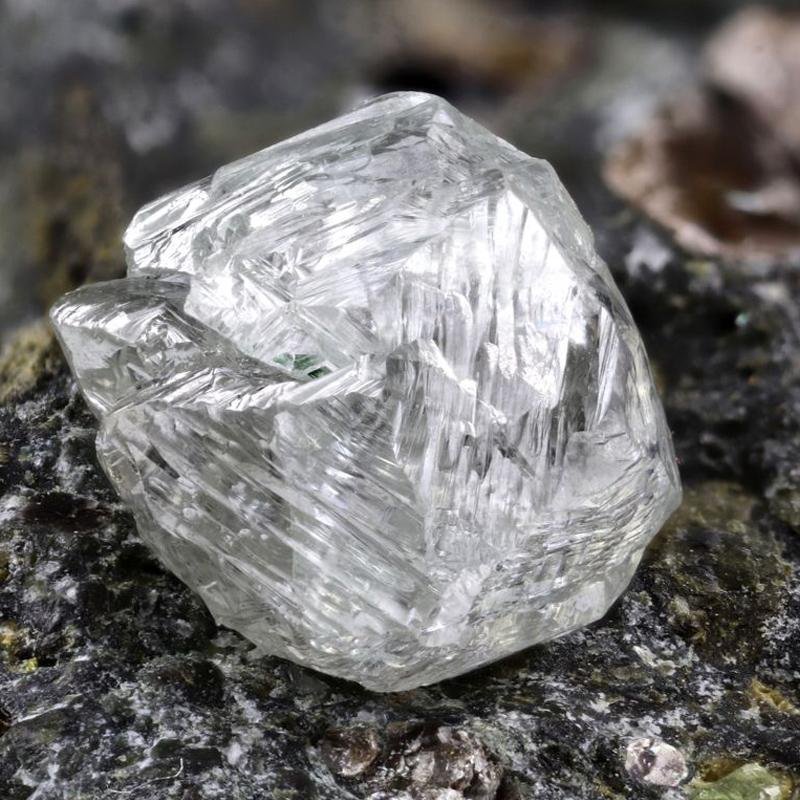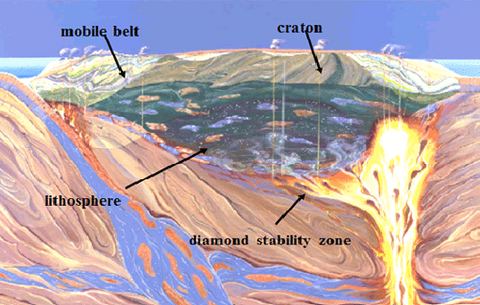Your Cart is Empty
All OUR RING CAN PASS THE DIAMOND TESTER

Diamonds are formed under the magma environment of the earth's deep, high temperature and high pressure, and are brought to the surface by volcanic eruptions. That is, if there is no volcanic eruption, diamonds can only be buried in the earth without being discovered.
The geological occurrence of diamonds is divided into three types: kimberlite type, lamprophyre type and placer type
Kimberley is also known as horn-spark mica peridotite, which is a basic rock. It is a simple intrusion formed on the eruption channel of a volcano and under high pressure conditions. The rock is light blue. The broken rock is usually called blue land, and the ground surface becomes yellow after weathering. It is called yellow land. Most of the primary diamond deposits in the world are Kimberley rocks. At present, more than 5,000 Kimberley rock bodies have been discovered in the world, of which more than 1,000 rock slips are only 5%-10% of economic significance. It is generally believed that diamonds are under natural conditions of 50,000-70,000 atmospheres and 1200-1800 degrees Celsius , Formed below 70km deep in the crust. The huge pressure forces the magma to carry diamonds through other rock layers in the crust and form simple rock pipes near the surface
.
Natural diamonds are born about 160 kilometers below the surface. Every natural diamond is made of carbon. Over time, the high temperature and high pressure in the mantle crystallize carbon to form the hardest mineral in nature—natural diamonds.
Today, many laboratory-grown synthetic diamonds appear on the market. Although they are also made of carbon, they lack the unique qualities that nature endows because they have not experienced the harsh environment of nature like natural diamonds.